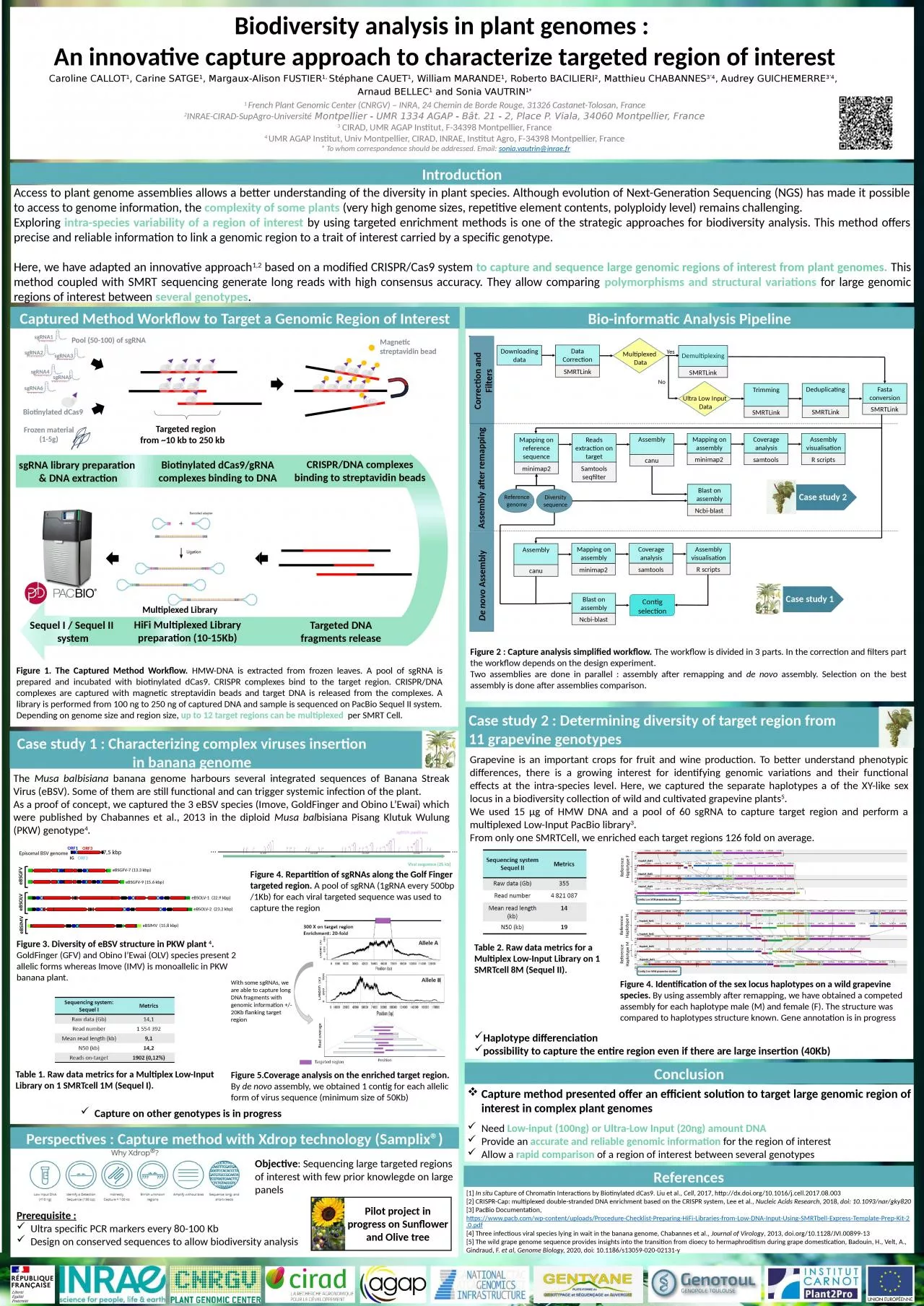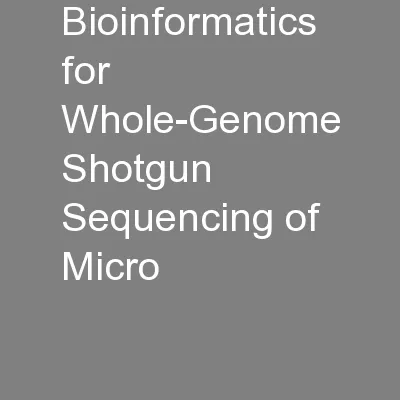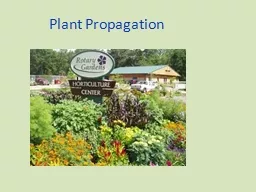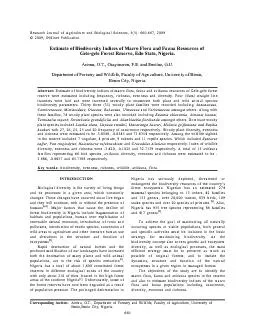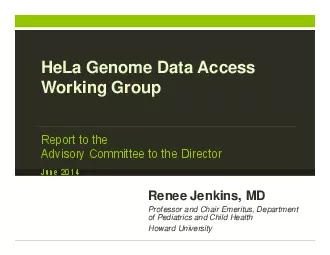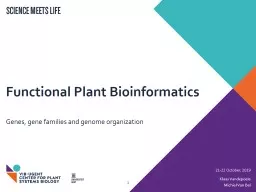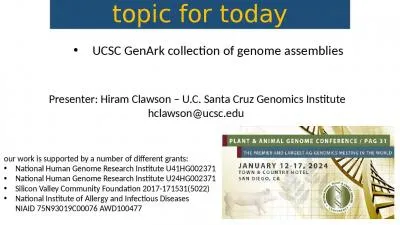PPT-Access to plant genome assemblies allows a better understanding of the diversity in plant
Author : tabitha | Published Date : 2024-02-09
complexity of some plants very high genome sizes repetitive element contents polyploidy level remains challenging E xploring intraspecies variability of a region
Presentation Embed Code
Download Presentation
Download Presentation The PPT/PDF document "Access to plant genome assemblies allows..." is the property of its rightful owner. Permission is granted to download and print the materials on this website for personal, non-commercial use only, and to display it on your personal computer provided you do not modify the materials and that you retain all copyright notices contained in the materials. By downloading content from our website, you accept the terms of this agreement.
Access to plant genome assemblies allows a better understanding of the diversity in plant: Transcript
Download Rules Of Document
"Access to plant genome assemblies allows a better understanding of the diversity in plant"The content belongs to its owner. You may download and print it for personal use, without modification, and keep all copyright notices. By downloading, you agree to these terms.
Related Documents

